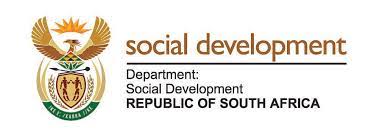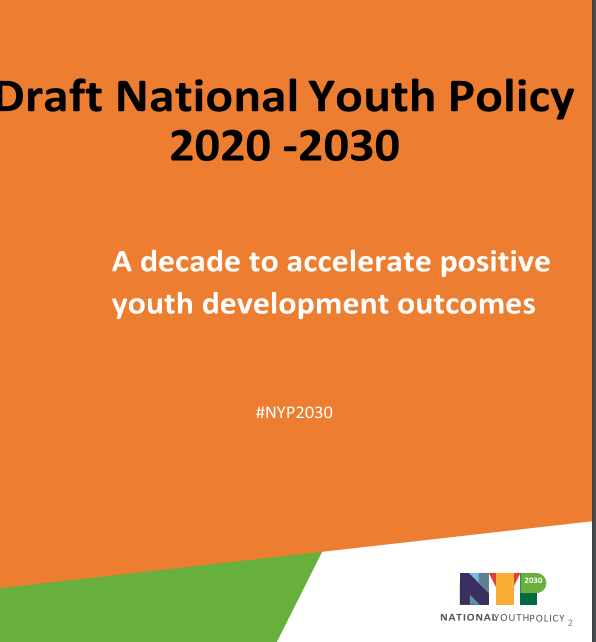Tag: disability
Framework & strategy for disability & rehabilitation services in South Africa 2015-2020
Another disability policy for South Africa, this time NDoH and not DSD expired in 2020. Looking for the review...
2015 Rights of persons with disabilities White Paper.
There has been no advance on this policy since the gazetting of the White Paper in 2016. Health equity is a m...
Policy NCDs National Strategic Plan 2021-2016 final version
The long-overdue NCDs+ Strategic Plan is on the NDoH approval phase.
Draft national youth policy (NYP) 2020-2030
NYP objectives 1 and 2 are directly relevant to the NCDs agenda: Integrate youth development into the mainstre...
Disability and NCDs
An estimated 1 billion people, or 15% of the world’s population, have a disability 1, and the increase in di...




